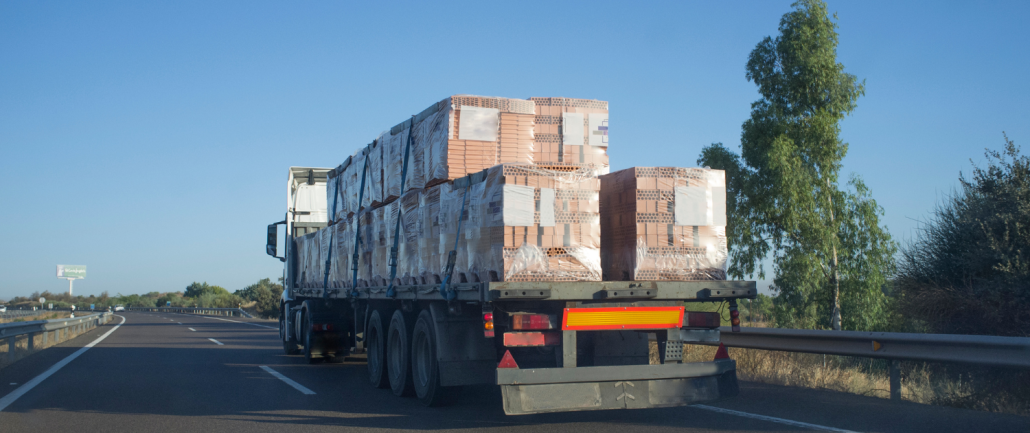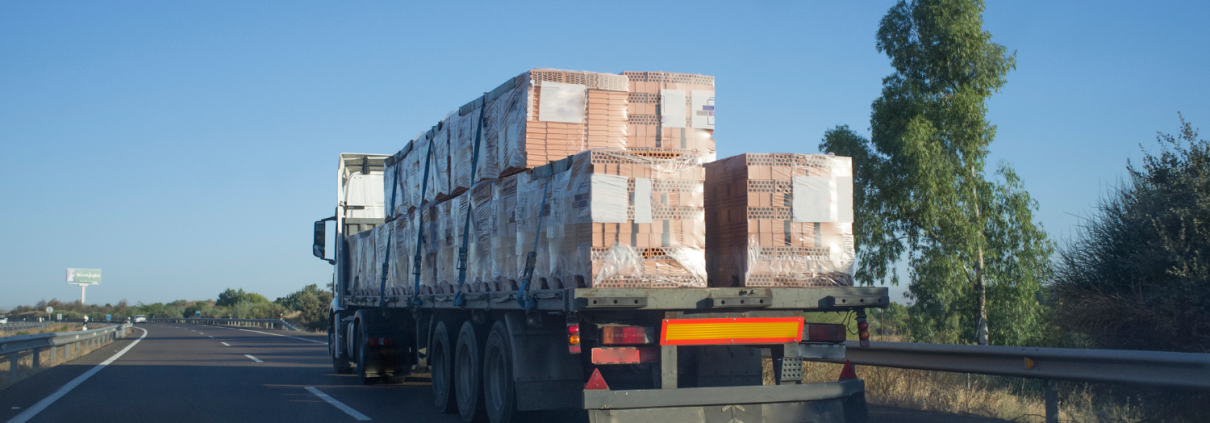 Truck drivers play a critical and often underappreciated role in the success of the construction industry. Every building project, from residential homes to massive commercial developments, relies on a steady stream of materials to keep moving forward.
Truck drivers play a critical and often underappreciated role in the success of the construction industry. Every building project, from residential homes to massive commercial developments, relies on a steady stream of materials to keep moving forward.
Materials like cement, lumber, steel beams, drywall, roofing materials, insulation, and piping are essential for construction projects across the world, and none of them would make it to the job site without the hardworking men and women behind the wheel.
Keep reading to discover the critical role that CDL drivers play in the transportation of construction materials and some key considerations that can help ensure a smooth running supply chain.
Hauling the Backbone of Construction
Transporting building materials requires more than just getting from point A to point B. These loads are often heavy, oversized, or fragile, and each type of material brings its own challenges.
Flatbed drivers might be hauling stacks of lumber or steel beams that need to be securely tied down. Dry van drivers may be transporting pallets of tiles or fixtures that must be handled with care. Specialized trucks deliver ready-mix concrete that must be poured within a short time window before it sets.
Each of these deliveries is a vital piece of the puzzle. Construction crews can’t pour foundations, frame buildings, or install plumbing if the materials don’t arrive on time. Delays can cost contractors thousands of dollars per day, especially when crews are left waiting with nothing to do. That’s why the reliability and precision of truck drivers is so crucial.
Timely Deliveries is Key to Project Success
Timing is everything in construction. A delay in material delivery doesn’t just inconvenience a few people, it can halt an entire project. That’s why truck drivers are so critical in keeping things moving.
Consider these best practices to stay on schedule and avoid costly delays:
- Plan for site access: Job sites may be on undeveloped land, have limited entry points, or be located in dense urban areas. Make sure you get directions and verify access before arrival. If possible, GPS tracking and route optimization software can make a big difference in planning ahead.
- Check for delivery windows: Some sites only accept deliveries at certain times to coordinate with the construction schedule. Showing up early or late can cause disruptions, so communication is essential.
- Communicate with dispatch and site supervisors: If weather, traffic, or mechanical issues may affect your ETA, let them know as soon as possible so they can adjust plans. Smooth dispatch-driver communication is always important to quickly resolve or entirely avoid many problems on the road, but it can be especially impactful with time-sensitive deliveries such as these.
Reliable deliveries help contractors plan ahead, keep crews productive, and meet their deadlines. When drivers consistently show up on time and prepared, they become trusted partners in the construction process.
Specialized Knowledge and Skills
Hauling building materials isn’t your average freight run. Many loads are oversized or require special permits. Some deliveries involve navigating narrow access roads or congested urban job sites. It is critical to understand load limits, securement techniques, and the handling requirements of different materials.
In addition, safety is a top concern. Construction sites can be hazardous places, and delivering to them demands heightened awareness.
Safety and Site Readiness
Construction sites are active, often unpredictable environments. You may need to back into tight spaces, navigate around heavy equipment, or deal with workers on foot. Always prioritize safety for yourself and everyone on site.
Key safety tips for site deliveries:
- Do a visual inspection before backing up: Spot potential hazards like open trenches, muddy ground, or stacked materials.
- Use a spotter when possible: Even experienced drivers benefit from an extra set of eyes when maneuvering on-site.
- Wear proper PPE (Personal Protective Equipment): High-visibility vests, steel-toe boots, and hard hats may be required on site—come prepared.
- Follow site rules: Every job site has different protocols. Respect signage, speed limits, and check-in procedures.
Safe, smart deliveries not only protect you and others but also strengthen your professional reputation.
Navigating the Challenges
Delivering building materials isn’t a simple drop-and-go task. Weather delays, last-minute order changes, heavy traffic, and waiting at sites that aren’t ready to receive can all be part of the job. Navigating these challenges is a key role that CDL drivers play to help create a smoother building materials supply chain.
Helpful takeaways to manage common issues:
- Keep tarps, straps, and edge protectors in good condition: Weather and road conditions can change quickly, especially with open-deck loads.
- Carry backup documentation: Site crews may not always have the correct paperwork or POs (Purchase Orders) on hand.
- Be ready to wait: Bring snacks, water, or consider some light stretching and exercise. Delays at job sites are not uncommon.
- Know your hours: Hauling heavy materials or waiting on site can eat into your HOS clock. Plan accordingly to avoid violations.
Looking for more information on potential jobs and new trends in the trucking industry? Be sure to check out more posts on our blog and follow us on social media!





